Common Flat Lizard Platysaurus intermedius
Family: Cordylidae
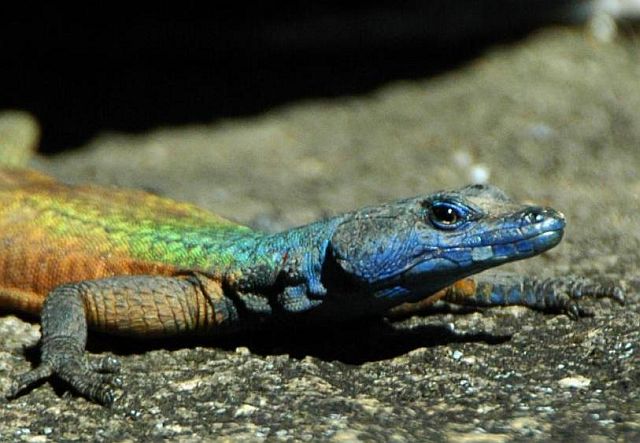
© Penga Ndlovu
Male, Kruger National Park

© PRWIN
Mapungubwe National Park (Limpopo). Male Limpopo Flat Lizard
Platysaurus intermedius rhodesianus
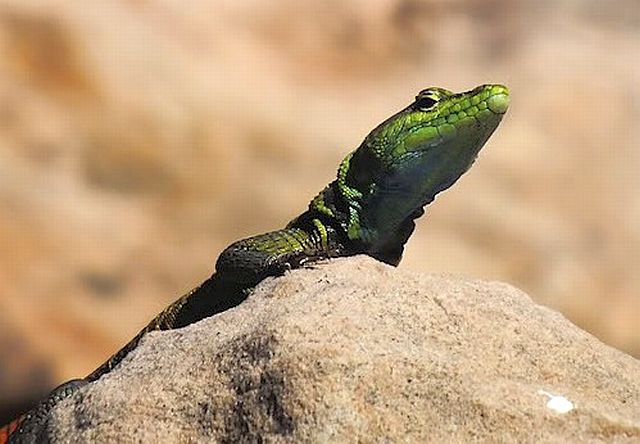
© PRWIN
Mapungubwe National Park (Limpopo). Male Limpopo Flat Lizard
Platysaurus intermedius rhodesianus
Size
SVL varied from 65-80 mm - 90-120 mm (See subspecies); max 129 mm.
Description
A medium to large platy with opaque lower eyelids, each divided into series of vertical septa. The supranasals are fused with the nasals. The middle row of gulars is not very enlarged. The scales on the sides of the neck are conical and enlarged, and may be spinose or rounded. The scales on the flanks are no larger than those on the back. The ventrals are in 14 - 26 longitudinal rows (see subspecies). There are 12- 28 femoral pores in males.
Females and juvenils of all subspecies of
P. intermedius are black, with three buff white stripes that sometimes have light spots between them. The belly is brownish in the centre and white at the edges.
Adult males have varied coloration (see subspecies).
Subspecies
Nine races recognized, eight of which occur in the region (the other
P.i.nyasae, occurs in Malawi and adjacent central Mozambique).
Greater Flat Lizard
Platysaurus intermedius wilhelmi has different-sized back scales, those covering the pale dorsal stripes being the largest. The ventral scales are in 16-18 rows. The male has dull olive-green to brown back with a few scattered, pale spots. The tail is red, becoming straw-coloured or yellow towards the tip, and the belly is blue, becoming black in the centre. This race occurs in Southern Mpumalanga. It is found in Kruger National Park. It may be more closely-related to the Lebombo flat lizard,
P. lebomboensis. All other races have dorsal scales that uniform in size. A group of these three subspecies with 20-22 ventral scale rows occurs north of the Southpansberg and south of Zambezi river, the first two have the nasals in contact and four upper labials in front of the subocular.
Limpopo Flat Lizard
Platysaurus intermedius rhodesianus is a large race (SVL 100-120 mm); The male has a blue-green to yellow-green head, with three faint white stripes. The back color is dependent on range. Its back is blue-green anteriorly (but red in specimens from Mozambique), and red (in the west) or green (in the east) posteriorly. The tail is greenish or yellowish. Two ventral colour phases occur: the red phase has a blue throat with black collar and terracotta chest; the green phase has a yellow throat with a black collar, and a blue or green chest. This subspecies occurs in Zimbabwe (except in the north-east), Eastern Botswana, Limpopo (also in the Kruger National Park) and Northern Province.
Platysaurus intermedius nigrescens is smaller (SVL 75-90 mm), the male has a black head and body with faint yellow spotting on the rear. The tail is bright orange. The chin and throat are black, with an irregular yellow patch. The chest and belly are black, with scattered yellow scales. It occurs in the vicinity of Shoshong Hills in Northeastern Botswana.
Platysaurus intermedius subniger is similar in size to
P. i. rhodesianus; it has five upper labials in front of the subocular and the nasals are seperated. The male has a dark green back, becoming brown or black posteriorly (but uniform red backs in males from Trelaney, Zimbabwe), with pale spots. The tail is orange. The throat is orange, yellow or white, and the chset and belly are black. A group of three subspecies with 16-18 ventral scale rows occurs south of the Southpansberg; two have the occipinal touching the parietal, and a bright green head and body.
Platysaurus intermedius parvus is a small race (SVL 65-75 mm). The male has dark greeen back aneteriorly (and red-brown posteriorly), with numerous pale spots. The tail is dull orange. The throat is pale blue with the collar reduced to a black blotch on either side of the neck. The chest and belly are blue. The race is found in the Blouberg mountain range in Limpopo.
Natal Flat Lizard
Platysaurus intermedius natalensis has grass-green back, with numerous pale spots and three fant pale stripes. The tail is bright orange. The throat is yellow or pale blue, usually with black blotches and black collar. The chest is light blue, and the belly Prussian blue. It occurs in Swaziland and KwaZulu-Natal.
Transvaal Flat Lizard
Platysaurus intermedius intermedius (SVL 85-100 mm) has the occipital separated from the parietal. The head and body are dull green to brownish above, with fant stripes and numerous pale spots. The tail is reddish to yellowish. The throat is blue and lacks collar. The chest is blue, and belly blue-black in the centre. The subspecies is found in and around Pietersburg, Northern Province.
A final race,
Platysaurus iintermedius inopinus, is also found in the foothills of the Blouberg. It is similar to
P. i. parvus in size and appearance, but differs in having more ventral scale rows (22-26), pale thighs with black spotting, and lacking the paired black collar blotches.
Geographical distribution
Common flat lizards are the most widely distributed and common
Platysaurus. They occour throughout most of Zimbabwe, Northern Province and Mpumalanga, with peripheral races in Southern Malawi, Eastern Botswana, Swaziland and adjacent Mozambique and Northern KwaZulu-Natal.

Distribution map
Platysaurus intermedius rhodesianus
Habitat
These lizards live under exfoliating, or weathering, rocks. Their preferred types of rock are granite, sandstone, and quartzite. These lizards can be found in moderately moist savannahs, as well as rock outcrops.
Behaviour
It lives under exfoliating rock flakes and may form dense colonies (for example Rhodes Grave in the Matopos, Zimbabwe).
Diet
Ambush foraging lizard.
Predators
Mainly raptors. Recorded as prey of Augur buzzard. Also snakes.
Reproduction
Oviparous. Two elongate eggs (14-22 x 8-11) are laid in November-December in communal egg sites in a sun-wawrmed, soil filled rock crack. The hatchlings (SVL 30-35mm) emerge in late December-January.
Links:
Bill Branch, William R. Branch: A Photographic Guide to Snakes and Other Reptiles of Southern Africa

© pooky
Zimbabwe, Gonarezhou National Park

© pooky
Female Limpopo Flat Lizard
Platysaurus intermedius rhodesianus

© arks
Female Limpopo Flat Lizard
Platysaurus intermedius rhodesianus, Mapungubwe National Park

© arks
Female Limpopo Flat Lizard
Platysaurus intermedius rhodesianus, Mapungubwe National Park
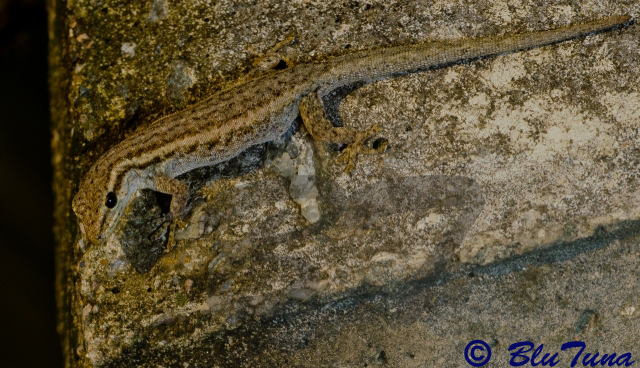 © BluTuna
© BluTuna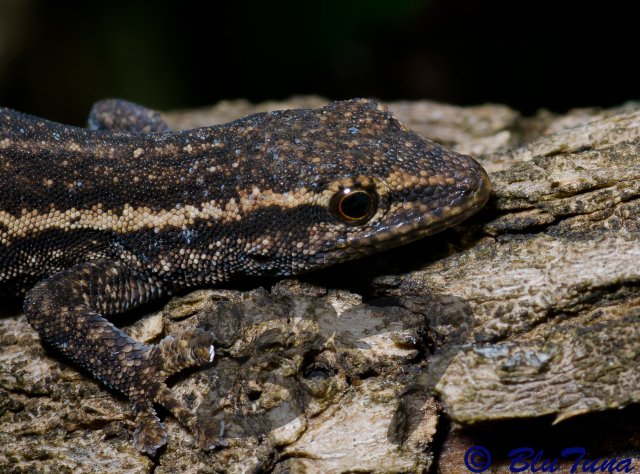 © BluTuna
© BluTuna
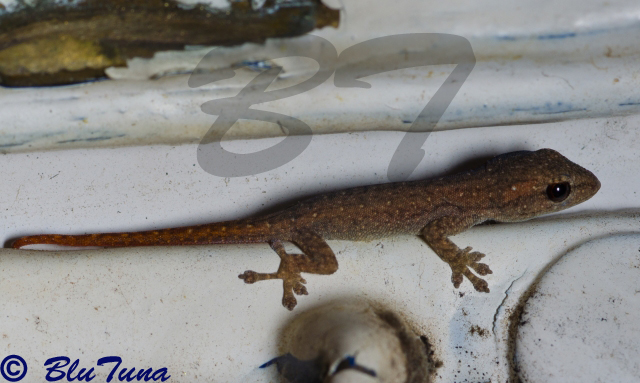
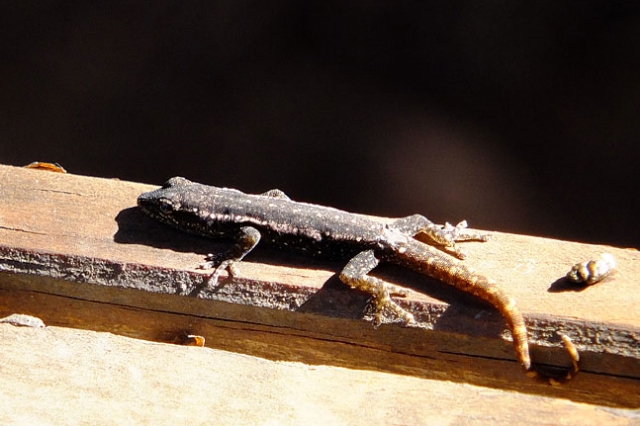 © PJL
© PJL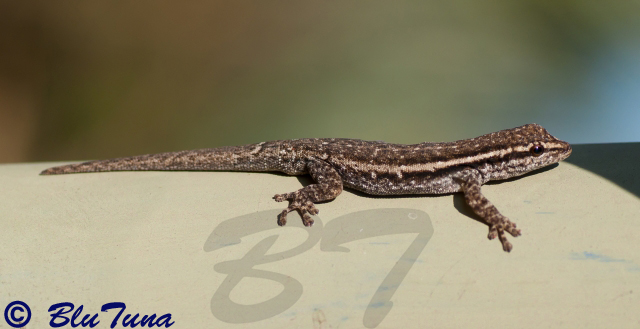



 © pooky
© pooky © pooky
© pooky
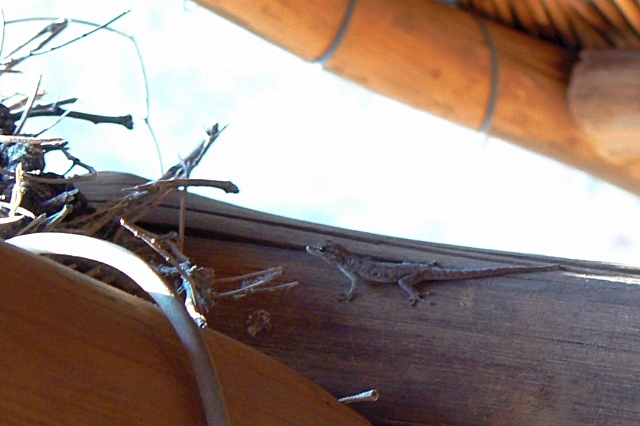 © Toko
© Toko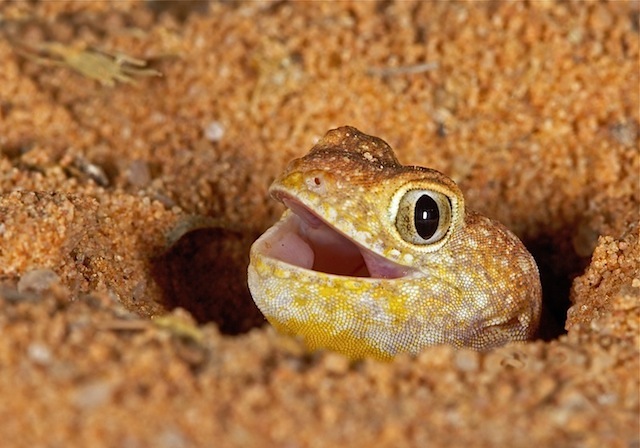
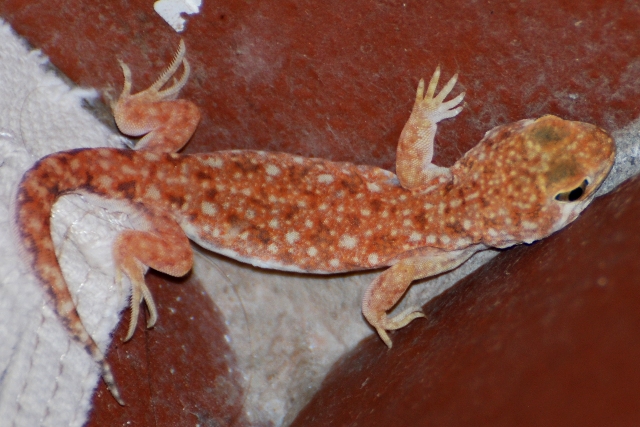 © Mel
© Mel P. g. garrulus
P. g. garrulus 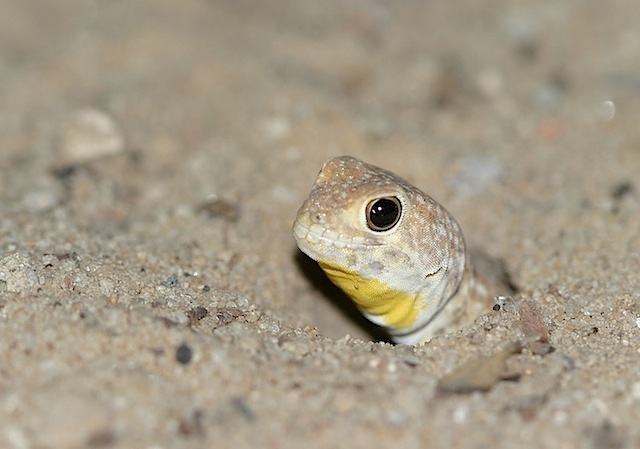 P. g. maculates
P. g. maculates 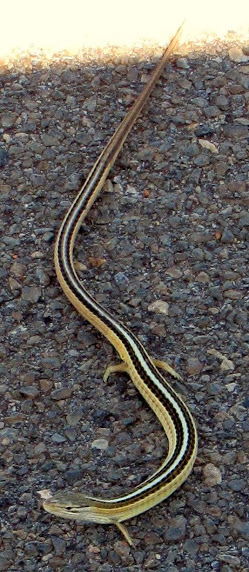 © Lisbeth
© Lisbeth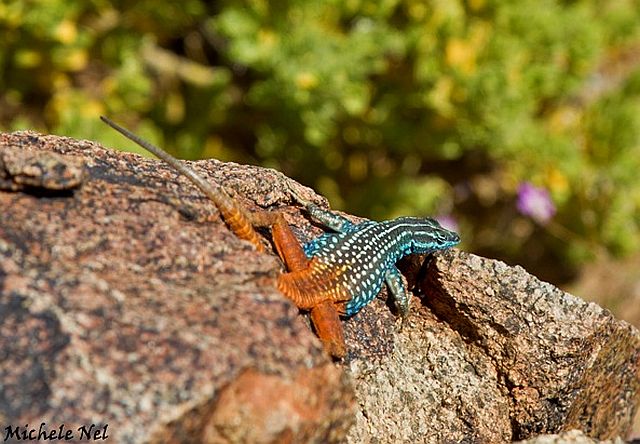 © Michele Nel
© Michele Nel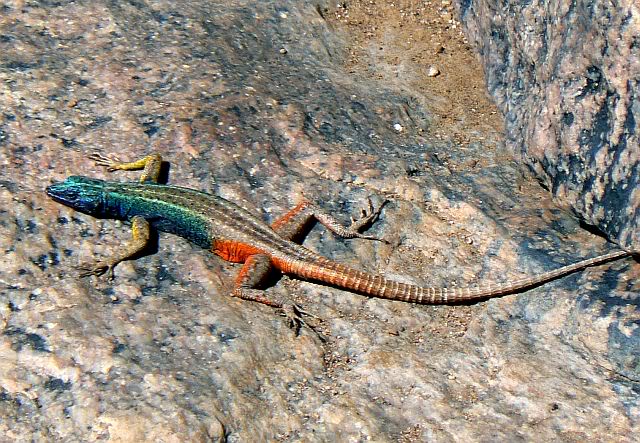
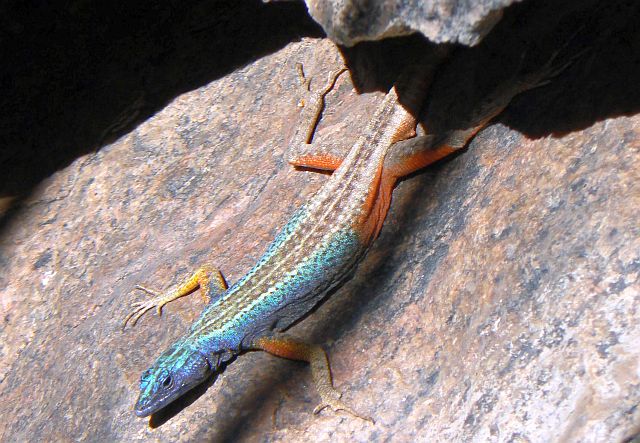
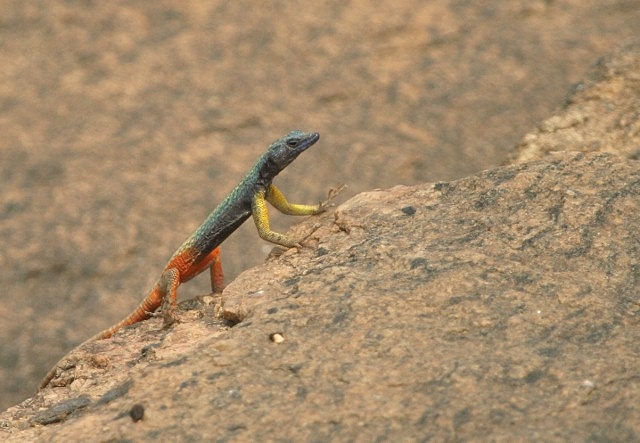 © nan
© nan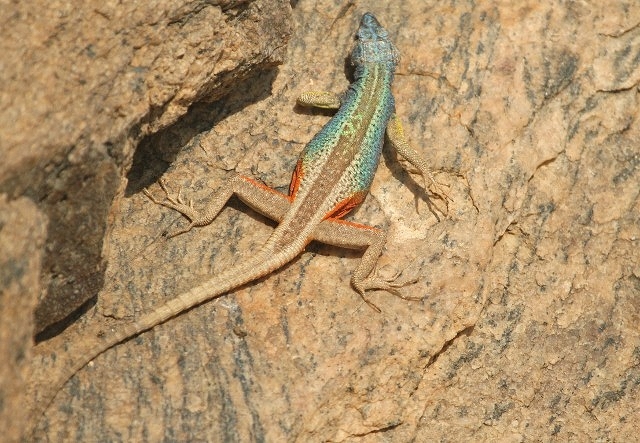 © nan
© nan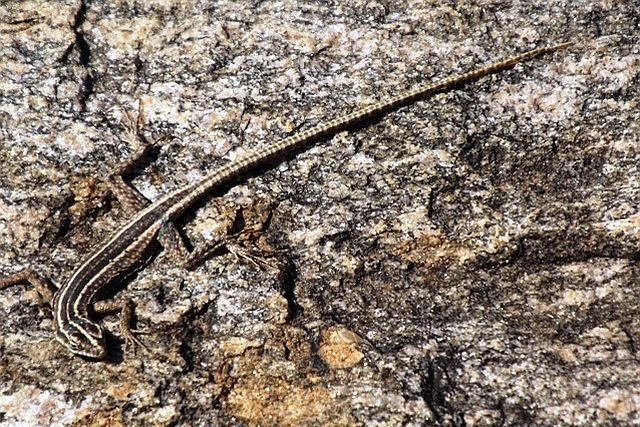 © pooky
© pooky © Lisbeth
© Lisbeth © Penga Ndlovu
© Penga Ndlovu © PRWIN
© PRWIN © PRWIN
© PRWIN
 © pooky
© pooky © pooky
© pooky © arks
© arks © arks
© arks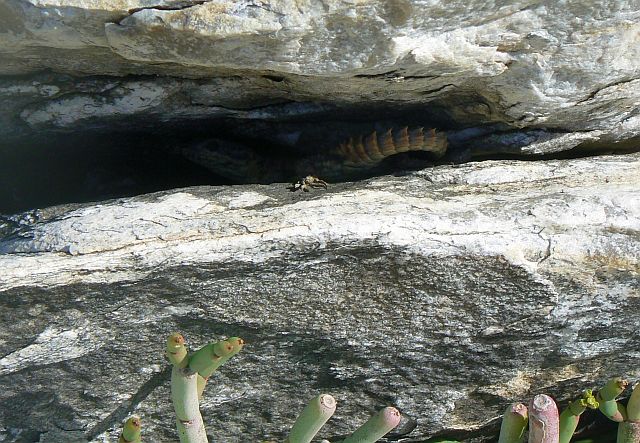 © Toko
© Toko © Toko
© Toko © PJL
© PJL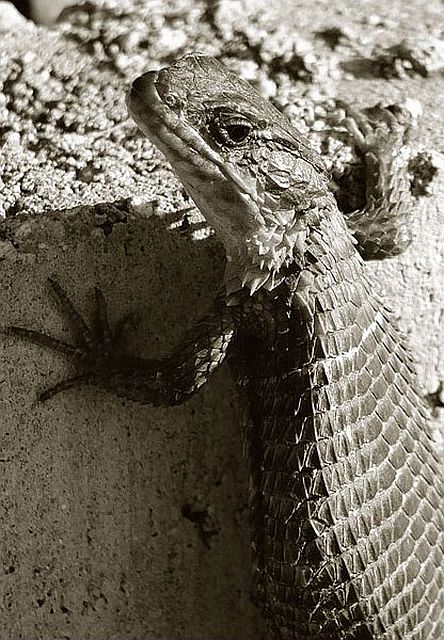 © PJL
© PJL